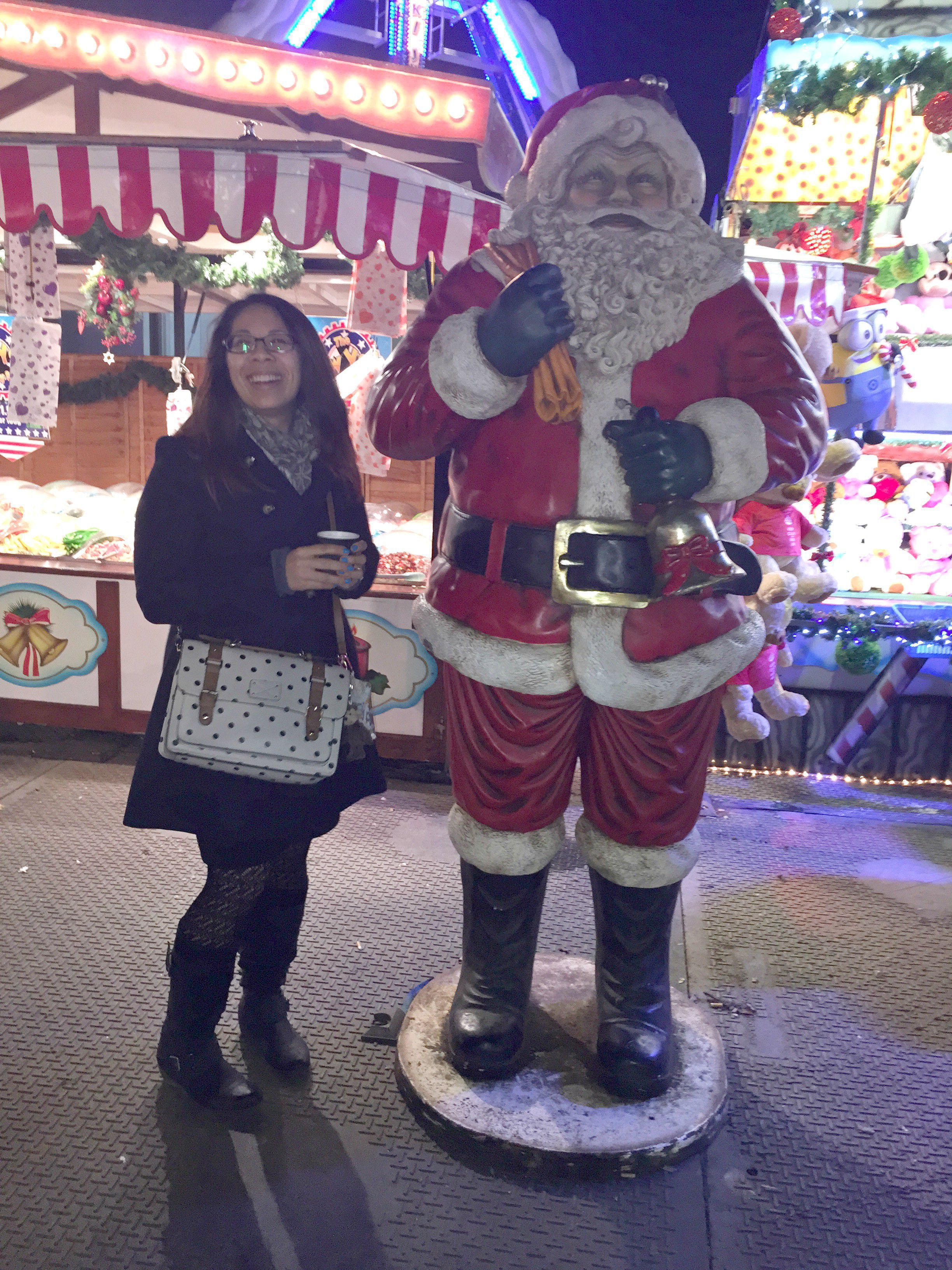Fancy a cuppa? Got time for a brew?
Travel around the UK a bit and you’ll find that tea is not just known as ‘tea’: so ubiquitous is it that there are plenty of regional and affectionate names for our favourite drink. A cuppa, a brew, a cup of char, a Rosy Lee (Cockney rhyming slang), a builder’s will all get you the same thing: a nice cup of steaming hot, milky tea. Lovely!
Tea is so important to us that it’s even filtered into our everyday language and is integral to some of our common idioms. Here are a few examples:
Not for all the tea in China!
You want me to do what?? Not for all the tea in China! Essentially meaning that you wouldn’t do something, no matter how good the reward.
It’s not my cup of tea.
Are you enjoying this programme? Not really- it’s not my cup of tea. Very simply, if something’s not your cup of tea, you don’t like it.
As useful as a chocolate teapot.
Fairly self-explanatory: not useful in the slightest.
Tea and sympathy
If someone’s upset, you might give them tea and sympathy (a nice strong cup of hot tea offering, of course, immeasurable comfort).
Tea leaf
Oy! That tea leaf’s ‘alf-inched me wallet! In Cockney rhyming slang, a tea leaf is a thief! (And, in case you’re wondering, to half inch is to pinch.)
Can you think of anymore tea idioms? Lets us know on Twitter or Facebook.
Which language does Santa speak?
If, like me, you used to expectantly write a long list of improbable demands to Santa each year as a child, you’ll be curious to know what happened to those letters. Oddly enough, it never ever occurred to tiny Nat to question where the (probably unaddressed, definitely unstamped) letter went once it dropped into the post box: after all, if Santa was so magical then he’d surely have solved the small problem of how to access my very important letter.
But when I was recording Greenlandic recently for uTalk and doing some research on the country, I was intrigued to find that my letters actually may have reached Santa, and that he lived in Greenland. Until 2002, letters to Santa from all over the world would collect in a giant red post box in Nuuk and – here’s the exciting part – if they had a return address they’d be replied to by Santa himself (or an elf).
Sadly, Santa went bust in Greenland, and although letters may still end up there, they won’t be processed or answered. But, being super Santa, he obviously had a back-up plan and didn’t just run things from Greenland: Santa has operations going in Iceland, Sweden and Finland too. In fact, all of Scandinavia claims to be Santa’s home, raising the interesting question of which language Santa speaks.
Of course, we all know that Santa travels around the whole world on Christmas Eve and must therefore be fairly proficient in various world languages (he’s probably been dabbling in uTalk‘s Directions topic, available in 128 languages, to help him find his way), but just to prove it, his operation in Finland, still going strong, will reply to letters in up to 12 different languages from around the world. So Santa’s clearly at least a dodecalinguist!
Why not try to be a bit more like Santa this year and learn a new language? You could start off for free with the January uTalk Challengeand, if you really want to emulate Santa, go for the 12 month language challenge. Complete a language by the end of the month, and we’ll give you another free uTalk Essentials for a new language the following month.
Merry Christmas!
Nat
The uTalk Challenge 2016: New Year, New Language
Quit smoking. Learn Welsh. Finally finish writing that book – and actually let someone read it. Learn Thai. Spend more time sailing. Learn Mandarin. Walk the street map of London. Learn Turkish. Achieve a freestanding handstand and a scorpion/needle stretch (whatever that is). Learn Argentinian Spanish.
These are just a few of the New Year’s resolutions we’ve been setting ourselves in the EuroTalk office, having just realised 2016 has crept up on us and is suddenly, terrifyingly close. And you may have noticed a bit of a language theme…
Introducing the uTalk challenge 2016 – learn a language for free this New Year
That’s because this January, we’ll be taking on the uTalk challenge 2016, using our uTalk app to learn as much as we can of our chosen language before 31st January. Last year Nat stormed to victory in our first uTalk challenge, completing the app in Icelandic before most of us had even mastered ‘hello’… but we’re hoping for a closer contest this time around. And failing that, our back-up plan is to steal her iPad.
How to join the uTalk challenge
But we don’t want to do it alone! So if you’re an iOS user*, and you’d like to finally start learning that language you’ve been talking about for ages, now’s your chance. And even better, the uTalk challenge is completely FREE. All you need to do is sign up at eurotalk.com/utalkchallenge, and on January 1st we’ll send you over a code to unlock the Essentials upgrade (worth £7.99) for your chosen language. Then it’s over to you…
We’ll check in with you each week by email to see how you’re doing and update the online leaderboard, so you can see how your score compares to everyone else’s. AND if you complete the Essentials by the end of January, we’ll give you another language to learn in February, and so on. So if you’re really determined, you could learn 12 new languages in 2016. Now that’s a pretty cool New Year’s resolution.
*Unfortunately the uTalk app is only available on iOS, we’re really sorry! But we don’t want anyone to miss out, so if you’re not an iOS-er and you’d like to take part, drop us an email to challenge@eurotalk.com and we’ll see if we can work out an alternative for you.
Spread the word
Challenges are a lot more fun if you’ve got company, so please help us spread the word to friends and family using the link eurotalk.com/utalkchallenge and on social media, using #uTalkChallenge. And for regular video updates from the EuroTalk team, in which we’ll attempt to demonstrate how much we’ve learnt, come and follow us on Facebook and Twitter.
Some of last year’s uTalk Challengers (who we hope will join us again this year!)…
Ingrid, learning Serbian
I’ve really enjoyed doing the challenge. Serbian is a language I’ve wanted to get to grips with for a long time for quite a bizarre reason (it involves a love of the Eurovision Song Contest!) but I haven’t really known where to start.
Patricia, learning Icelandic
The uTalk app is a whole lot of fun, filled with useful words and phrases. I particularly enjoyed repeating the words and phrases after the native speakers and then hearing my own voice. What a great tool to gain confidence and improve pronunciation!
Jacqui, learning Croatian
After a month, I’ve made great progress. I haven’t earned maximum points (I’m on just over 4000), but I have managed to learn a lot more than I thought I would, even waking up some mornings with various phrases springing to mind!
And here’s how the EuroTalkers got on…
So… who’s up for the challenge?
Rockin’ around the Christmas tree
Have you put up your Christmas tree yet?
Christmas trees are an iconic part of the festive season. It has become a tradition in many towns and cities to place a decorated tree in a central location for all to see, and many people also have a Christmas tree in their own homes.
The Christmas tree custom is believed to have started in Germany, with people bringing decorated Christmas trees into their homes. This became a trend across Europe with Queen Victoria decorating the first Christmas tree in Windsor Castle; with sweets, fruits and gingerbread.
In Trafalgar Square, London, receiving a Christmas tree from Norway has been a wonderful tradition since 1947. This is a gift to symbolise friendship and thanks, for Britain’s support during World War Two. The British Ambassador attends a ceremony in Norway during November, before the tree’s shipped to London for the festive season. This year @trafalgartree even has its own account on Twitter!
Another iconic Christmas tree is the one that stands at the Rockefeller Centre in New York. For those of you who love holiday films, this is the tree where the Christmas tree loving Kevin is reunited with his mum in Home Alone 2. 2015 marks the 83rd year of lighting this 10-ton Christmas tree with over 45,000 lights.
Last year Rio De Janeiro unveiled the world’s largest floating Christmas tree. It was 85 metres tall and had over 3.1 million lights! The lighting of the Christmas tree is the third largest annual event in Rio and each year carries a different theme; last year’s symbolised the importance of light in people’s lives. Unfortunately this year the tree’s metal structure was damaged and it’s had to be reduced to a mere 53 metres…
Here at EuroTalk we love to put up a Christmas tree in the office, it may not be 28 feet tall or have as many lights but it’s still fabulous 🙂
Do you have any Christmas tree traditions? Tell us about them on Facebook or Twitter.
EuroTalk Christmas Countdown starts here!
My countdown to this Christmas started on 26th December 2014; it’s my favourite time of year! I keep an app on my phone all year that counts down the number of sleeps until Christmas is back once again.
When it gets to the 1st of December, it’s traditional in the UK to use an advent calendar to count down the days up to and including Christmas Eve on the 24th. As a child, I was lucky enough to have a calendar with little pockets that my mum would place a chocolate and a little present in; these varied from pencils to hair bands.
We’ll be using my calendar at EuroTalk this year, to reveal a different Christmas word, in a different language, each day. You can countdown with us by following us on Twitter or liking us on Facebook – head on over now to find out what today’s word is, and see if you can pronounce it better than Ioana 😉
The idea of advent calendars originated from Germany, but soon spread across Europe and North America. Advent starts four Sundays before Christmas each year. People used to light a candle and allow it to burn down slightly more each day, representing how long there was until Christmas. Advent then moved onto boards with dates, and each day a different picture would be pinned onto the board. The first printed advent calendar dates back to the early 20th century, but during World War 2 production was stopped, in order to save cardboard and paper.
Advent calendars have become part of our annual Christmas celebrations. Today you can buy a standard calendar, which allows you to open little numbered doors and behind each one find either a picture or a chocolate. Alternatively you can buy ones with a gift behind each window; last year Harrods sold one shaped like a house that contained a different porcelain ornament for each day (we’re not sure how many they sold, though, as it cost £9,600…).
Do you have an advent calendar at home? What did you get for day 1?
Merry Christmas!
Alex






